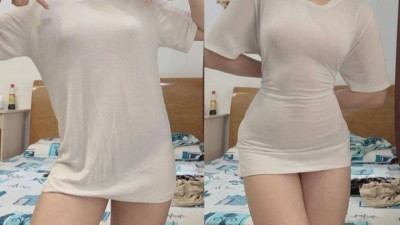3 Reasons Why Mixed-Gender Groups Are So Rare In K-Pop, According To Korean Music Critics
본문
From early acts like S#arp and Koyote to newer acts like KARD and CHECKMATE, groups made up of both male and female members have always been present in K-Pop. However, they’re still far rarer than groups comprising only male or female members—but why? Talking to The Korea Times, two well-known Korean music critics explained why companies don’t want to debut coed groups.
1. Growing fanbases
There’s no doubt that forming a loyal fanbase is key to all-around K-Pop success. While general public support is also indispensable, dedicated fans are needed to boost album sales, tour sales, and so on. Sadly, finding that fanbase is something coed groups struggle with, according to critics.
CHECKMATE | GRACE COMPANY Entertainment
Critic Seo Jeong Min Gap explained that boy groups typically attract female fans, while girl groups usually bring in male fans, but coed groups struggle to please both sides. It is tough for a mixed-gender group to attract more female fans than a boy group, or to garner more male followers than a girl group,” he explained.
Seo Jeong Min Gap
Another critic named Jung Min Jae shared similar sentiments. He explained that without a specific gendered target audience in mind, companies struggle to market co-ed groups. ” “Although mixed-gender groups can showcase different kinds of charm that make them stand out, they are unlikely to rise to stardom without having a specific target audience,” says Jung. The old adage, “If you try to please everyone, you please no one,” seems to apply here.
Jung Min Jae | @minjae_jung/Twitter
2. Dorm arrangements
While it may not be a factor you’ve ever considered, dorm arrangements can also put K-Pop companies off of debuting coed groups. “Members of a K-pop band usually live together in a dormitory to foster teamwork,” says Seo Jeong Min Gap, “But that is not an option for a co-ed act.”
Triple H | Cube Entertainment
In a nutshell, it’s generally considered inappropriate for male and female idols to live together, from trainee days to post-debut. Of course, living together helps idols grow closer and become more in sync with each other, along with making it easy for companies to manage housing, travel, and so on.
Koyote | KYT Entertainment
3. A lack of successful predecessors
It would be false to say no coed groups have ever achieved fame. Most recently, for example, KARD has become a well-known mixed-gender K-Pop act since the group’s 2017 debut. All four of their mini albums have reached the top 10 on the Gaon Album Chart, and they have a large international following too.
KARD | DSP Media
However, KARD is definitely a rarity. Seo Jeong Min Gap explained that since K-Pop agencies “have not witnessed many successful cases recently,” they’re not yet motivated to try launching more mixed-gender groups.
S#harp | World Music Entertainment
To date, the most successful coed group is SSAK3—a supergroup comprising television personality Yoo Jae Suk, and singers Lee Hyori and Rain. However, Jung Min Jae points out that this “exceptional case” was more down to the members’ existing stardom and the group’s formation on the popular show Hangout with Yoo.
SSAK3 | MBC
관련자료
-
링크












